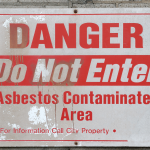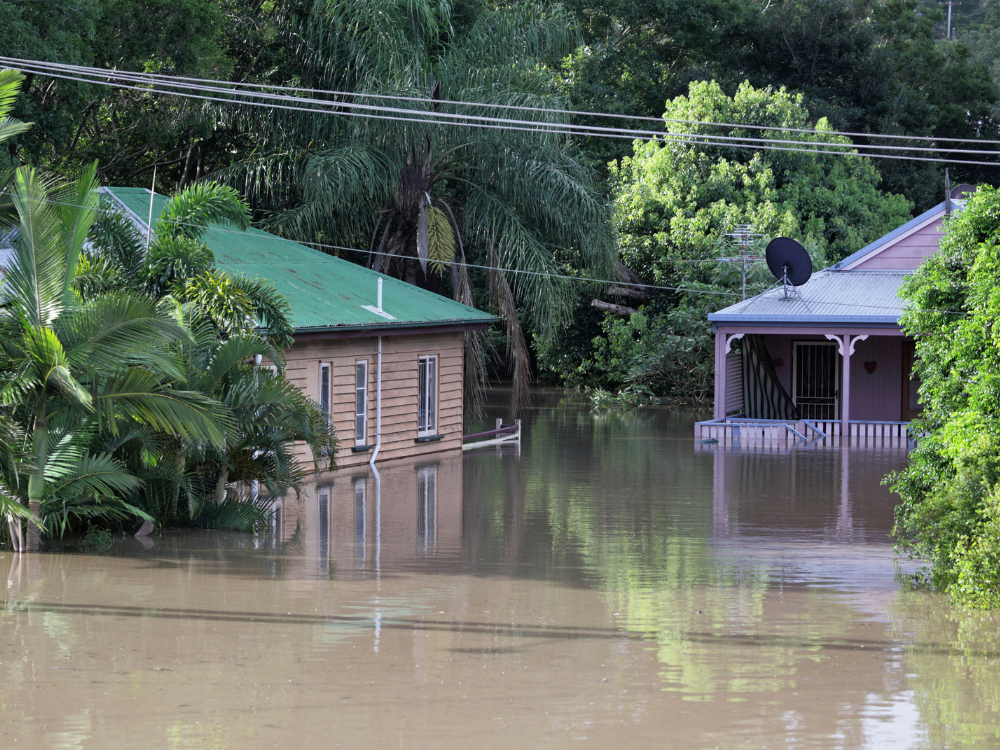The recent flooding in NSW and Queensland has seen authorities warn residents and business owners to prepare for the risk of potential asbestos dangers as the clean up begins.
One in three Aussie homes contains asbestos, and Australian Asbestos Awareness is calling for property owners to manage the risk around damaged asbestos.
In addition to potential dangers within buildings, there is also the likelihood of asbestos in flood debris that may have entered properties.
Cherie Barber, Ambassador for the National Asbestos Awareness campaign, explained that “when homes and other buildings containing asbestos are damaged or destroyed during floods, wind and storms, asbestos-containing materials can become eroded, disturbed, broken or friable causing a health risk to homeowners, property owners, property managers and the community if these materials aren’t managed correctly and disposed of safely.”
“Before commencing the clean-up, to protect themselves, their families and communities; property owners [should] to learn how to identify and manage asbestos safely.
“They should also contact their local Council or Emergency Services for important information about asbestos and if asbestos needs to be removed, please only use professional licenced asbestos removalists because it’s not worth the risk,” she said.
Many of the areas affected by flooding include coastal regions, which saw the rise of popular weekender homes that people often constructed using fibro sheeting during the 1960s.
Bret Baker, President of the Asbestos & Hazmat Removal Contractors Association of NSW (AHRCA) has said that as the flood waters recede, there are risks to be aware of and manage as people return to homes and businesses.
“It’s important that property owners and volunteers do not walk on corrugated asbestos roofs or enter any buildings until authorised to do so by Council or Emergency Services,” Mr Baker said.
“Erosion, heavy rains, winds and tree branches may have caused additional damage to already aged asbestos roofs as well as the walls of the structure. While homes, commercial properties and other structures (sheds, garages and stock sheds etc.) may be structurally unsound and vulnerable to collapse.
“Other potential hazards property owners need to avoid include damaged asbestos-containing materials, sharp edges, protruding nails and broken materials including glass and timber that could be found in building rubble, damaged structures and flood debris,” said Mr Baker.




